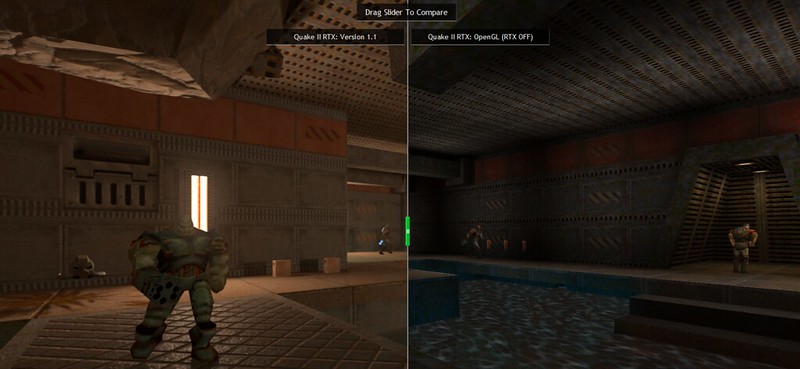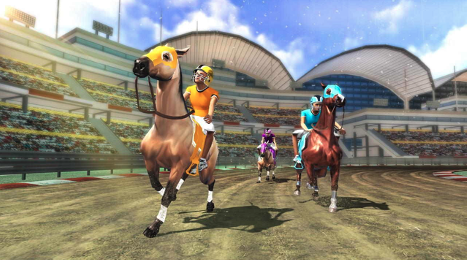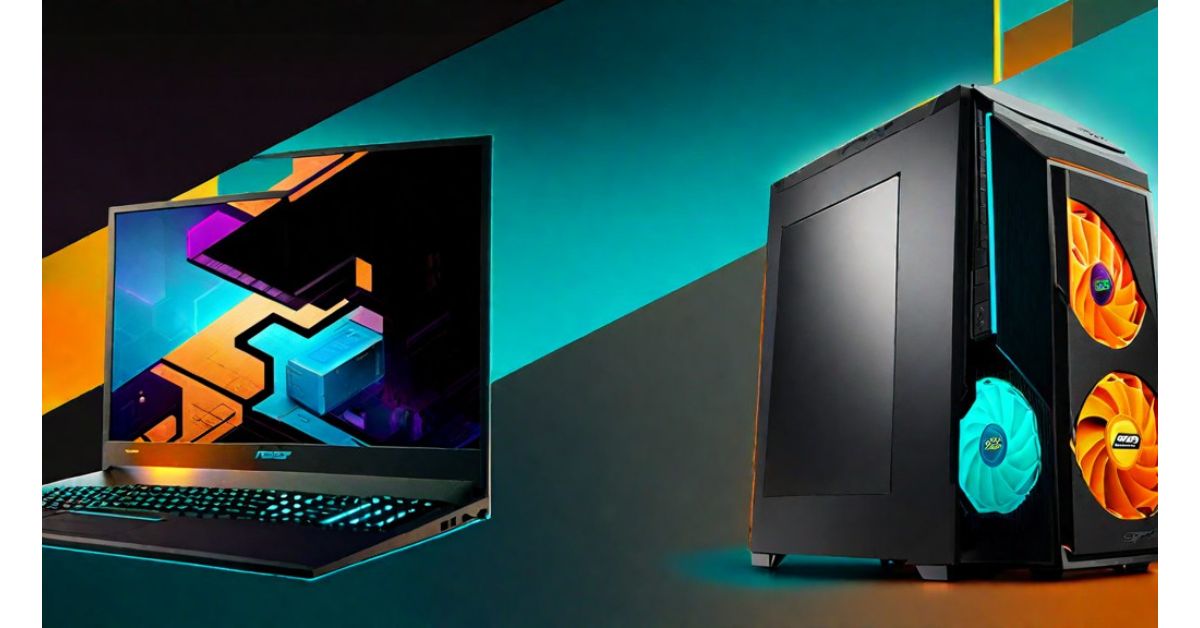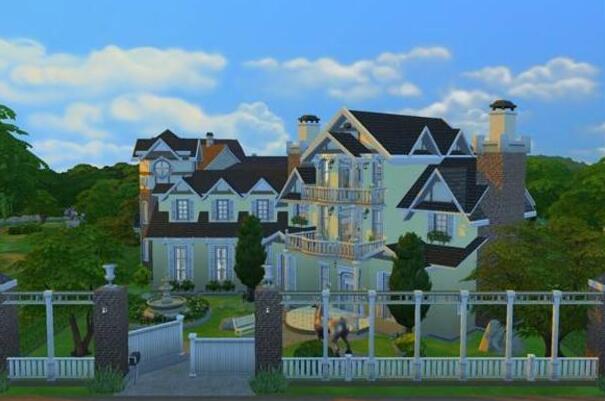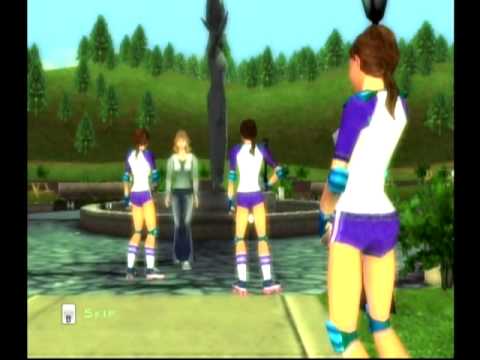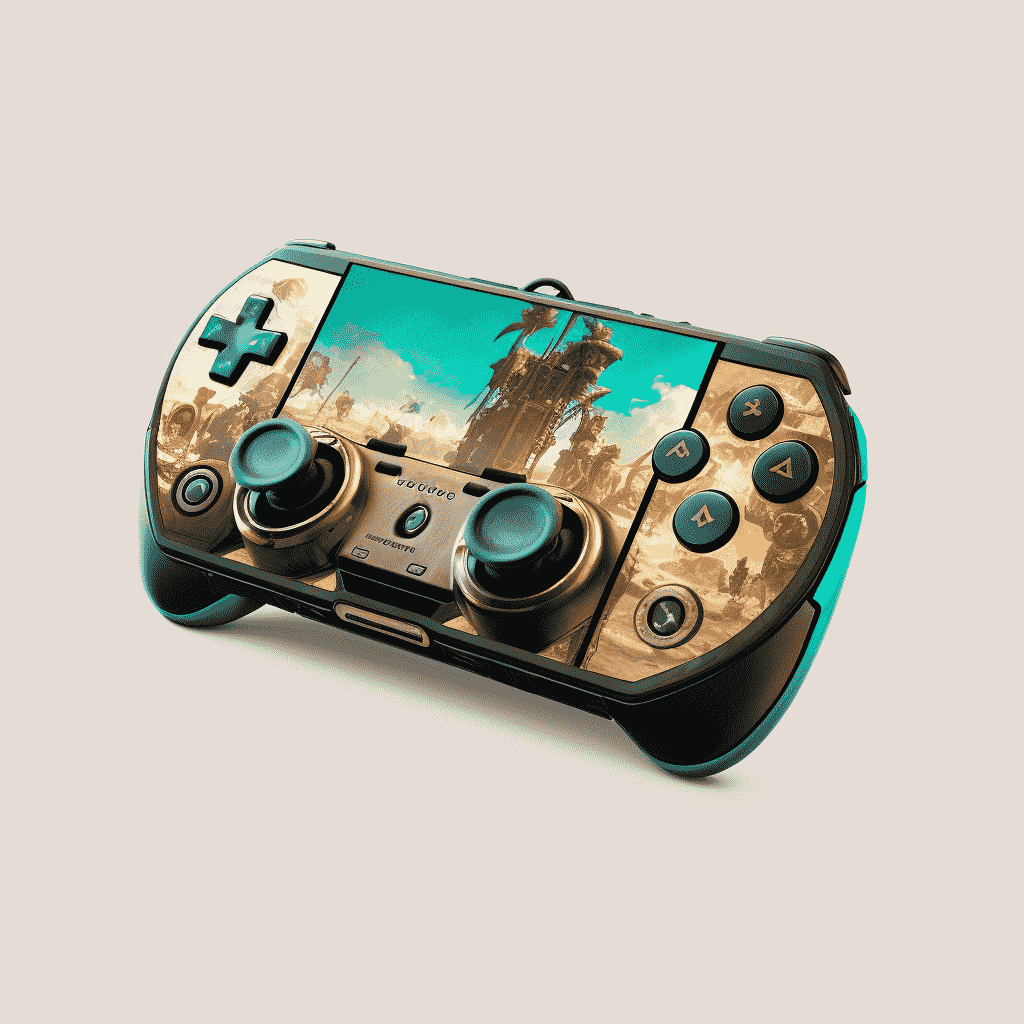Back in June Nvidia released Quake II RTX on Steam, GOG, and the Bethesda Launcher for PC gamers. The free re-release of the 1997 first-person shooter was a showcase of the RTX technology bringing older games up to today’s standards as far as shader rendering and texture improvements were concerned. The latest update, to version 1.2, brings even more improvements and upgrades to the visual experience of id Software’s classic sci-fi shooter.
Over on the Nvidia blog they run through a few of the new features for the update, which includes the inclusion of improved water rendering and dynamic god rays.
That’s an interesting inclusion for such an old game. My only gripe is that the rays are low-poly so it makes them look kind of awkward, despite fitting in line with the rest of the game’s aesthetics.
I actually think the version without the rays looks better just because you don’t have to see the blocky light rays shooting down from the overhead fan through the water.
In any case, they also improved the texture maps for some of the levels, adding more light dials, material casting, and improved resolution for entities such as computer monitors and terminals. They also made it possible for monitors to reflect real-time ray-tracing on the objects to help further improve the depiction of immersion.
Now one of the more impressive updates is recursive reflections.
The recursion on mirrors allows repeated rendering loops of an image being reflected within an image, so that you can create a hall of mirrors effect.
Someone really needs to stress test that feature in Quake II RTX on their GTX 2xxx card to see how well optimized it is and how well the performance holds up.
Recursive reflections is limited to being rendered on only select images/material types, but I’m really curious about the performance scaling of a feature like that.
And speaking of mirrors… glass reflections and refractive light distortion within glass and mirrors have been improved. This also includes the ability to render god rays through glass.
Nearly all of these features can be modified and tweaked in the graphics options menu, and Nvidia has basically set it up so that the game will scale to maintain 60fps at all times, but if it begins to dip then you know you need to disable some of the features.
As far as tech improvements go I like what they’re doing with some of the RTX rendering techniques. However, as far as Quake II is concerned, I feel that a lot of the changes strip away from the game’s aesthetics.
Many dark corridors are now brightly lit. Many shadowy corners now have ray-casting that illuminates every crevice and rivet in the metal. All the moody lighting that made the areas feel dangerous and unpredictable have the mystery removed from them thanks to the more sharply defined shaders that raise the contrast and brightness within many of the scenes.
Personally I feel like the updates causes Quake II to lose its aesthetic personality, but that’s just me.
If you were interested in the update for Quake II RTX, then simply install it for free via the Steam client and the update will automatically patch the game up to the latest version. You can grab the game from over on the Steam store page.
If you don’t have the Steam or GOG Galaxy version installed, you can manually update by downloading the file from over on the Nvidia page.
(Thanks for the news tip Guardian EvaUnit02)


